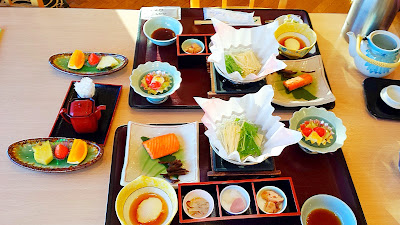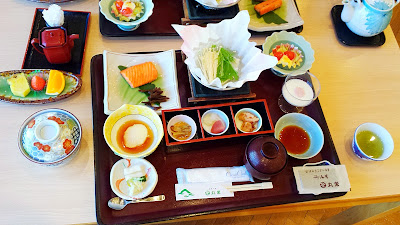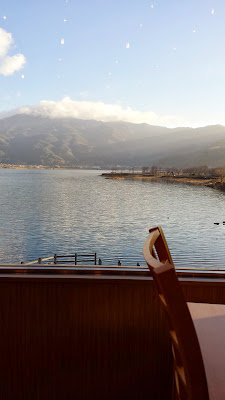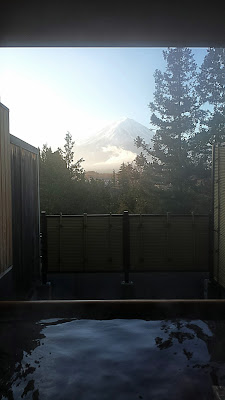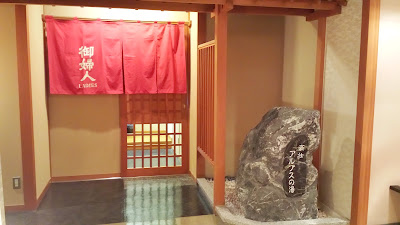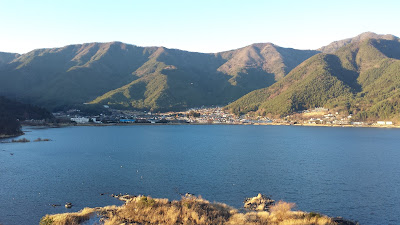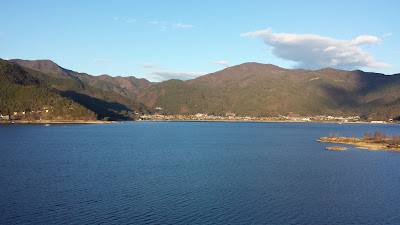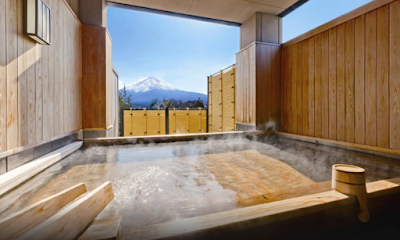We only spent 3 days in Kyoto, but I scheduled a lot of sights to see in that time. There was a lot more than I wished I could have seen done, and probably if I return on a leisure trip to Japan again, I would fly directly into Kyoto instead of Tokyo. If you go to Japan, do not just stay in Tokyo – I strongly urge you to include Kyoto as The Kyoto famous sights probably embody are all the traditional ideas of Japan you think of.
In previous Travel Tuesday posts I’ve already covered seeing on a one day walk the temples and shrines near the Higashimaya District, and also then those in the Arashiyama area. There are also a few other Kyoto famous sights that we visited that don’t fit well location wise in a continuous neighborhood walking tour, but I think are extremely worthy to visit and are emblems of Kyoto. Here are 2 more of the most famous of things to see in Kyoto, and are pretty famous sights for Japan in general… Which one do you prefer?
Kinkakuji (Golden Pavilion)
There are two things to look out for when you visit Kinkakuji, also known as the Golden Pavilion. One of them is pretty obvious, and one is not. Do not confuse Kinkakuji with Ginkakuji – Ginkakuji is the Silver Pavilion (which is not silver at all).
The obvious: everyone comes here for the famous shiny gold of the Golden Pavilion which is one of the most famous sights of Kyoto and Japan. We go through a gate and suddenly BAM! This is the view – the famous main pavilion is covered in gold leaf and shimmers in front of yoko-chi (Mirror Pond). This pavilion and pond take up 93,000 of the 132,000 square meter temple grounds so I guess coming across it so quickly is unavoidable. The garden is designed to provide variations of views as the stones and trees have unusual shapes and change the landscape based on the angle while walking around Mirror Pond.
<
You are not allowed to enter the Golden Pavilion itself, but you can see a bit inside the first floor where the windows are open that there are statues of Statues of the Shaka Buddha (historical Buddha) and shogun Ashikaga Yoshimitsu. This was the shogon’s retirement villa until his death when he willed it to become a temple.
The non-obvious: Check out the details of the buildings besides that of the Golden Pavilion – everyone was rushing to get there for their photo op and missing out on the various ways Yoshimitsu incorporated Chinese elements.
Particularly, the Guardian Lions that are all over Kinkakuji are great. There are multiple variations of them, so keep a look out for them on various rooftops and gates in their different poses that clearly embrace the cat side.
Also, just outside the exit there is a little tea garden where you can enjoy matcha tea and a little gold flaked tea snack. Past that just outside the temple there are other stands with gold flaked food if you are looking to eat more gold.
Fushimi Inari Shrine
The Fushimi Inari Shrine is one the most famous symbols of Japan. It’s a shrine dedicated to Inari, the Shinto guide of rice, and Shinto’s messengers the kitsune (fox spirits). This is the location of the thousands of Torii Gates you usually see in photos winding on trails through the woods and up a small mountain.
When you first encounter the gates be prepared for the crush of people unless you come very early or at dusk/later as everyone first walks through the single main trail.
Then, it breaks out into two parallel paths, one going up and one going down, thick with smaller gates.
As you go farther and farther up, the crowds will start to thin out so you can start to enjoy the details.
The torii gates along the entire trail are donations by individuals and companies, and you will find the donator’s name and the date of the donation inscribed on the back of each gate. Supposedly the cost starts around 400,000 yen for a small sized gate and increases to over one million yen for a large gate.
You can go all the way up Mount Inari, or turn around at any time. The trail span 4 kilometers and takes approximately 2 hours to walk up to the top. The view at the top is not too spectacular, so we only went partway before turning around so that we could visit another area (in this case we did a half day in Arashiyama immediately after this with lunch at Tenryuji Temple). Alternatively, Tofukuji Temple is not too far away from Fushimi Inari. Both Tenryuji and Tofukuji are temples for the Rinzai sect of Zen Buddhism, so I didn’t feel bad skipping out on Tofukuji to to go Tenryuji instead since it offered the extra of the Buddhist Vegetarian Lunch.

Partway up towards Mount Inari you will find some of the kitsune shrines which I recommend stopping to admire, some of the smaller shrines will have stacks of miniature torii gates donated by visitors with smaller budgets.
In the shops outside the shrine we found lots of fox souvenirs, as well as oddly, a lot of grilled quail and one stand focused on unagi (eel). At a restaurant by Fushimi Inari Shrine we felt compelled to get some Inari Sushi which features pieces of aburaage (fried tofu), said to be a favorite food of foxes. Inarizushi is a simple and inexpensive type of sushi, in which sushi rice is filled into aburaage bags.
Fushimi Inari Shrine is open 24 hours, and is much more quiet and atmospheric when combined with dawn or dusk and just lit by its lanterns.
Have you seen or heard of Kinkajuji Temple and Fushimi Inari Shrine before? Which would you visit?
In my next (and last) post on Kyoto I want to show you the streets of Gion (including what Lonely Planet calls the most beautiful street in Japan), and recommend a sake bar. Then, my Travel Tuesday posts will take us off to Osaka!
Here’s a summary of my Japan Travel post series:
- Guide to Planning a Trip: Research
- Guide to Planning a Trip: Mapping
- Hagoita Ichi Winter Festival at Sensoji Temple, Japan
- Japanese Treats at Temples and Shrines
- Winter Illuminations in Tokyo (Winter Season – November – February!)
- Snow Monkeys in Hot Springs
- Onsen by Mount Fuji covers Onsen 101 and how we loved our stay at Lake Kawaguchiko
- Dining at a Ryokan a look at what a traditional dinner and breakfast might be during a ryokan stay
- Visiting Cup Noodles Museum in Yokohama (just outside Tokyo)
- Visiting Shin Yokohama Ramen Museum
- Kyoto Temples and Shrines (walking tour starting in Higashimaya with stops especially at Kiyomizudera Temple, Kodaji Temple, Heian Shrine)
- Kyoto Temples in Arashiyama
- Kyoto Tofu
- Kyoto Famous Sights of the Kinkakuji (The Golden Pavilion) and Fushimi Inari (Red Torii Gates)
- Famous Signs of Osaka and eating Osaka Food specialities like okonomiyaki, takoyaki and kushikatsu
- Visiting Himeji Castle, the famous white castle in Japan
- Fun at Japanese Cafes and More including Maid Cafe, Cat Cafe; theme parks of J World and Namja Town, a geeky stop at Kanda Myojin, and Ghibli Museum
- Japan Eating Checklist is my top 25 list of things to try to include as an eating experience when visiting Japan
- New Year’s in Japan: Oji Fox Parade, and some photos of a Meiji Shrine visit on New Year’s Day






